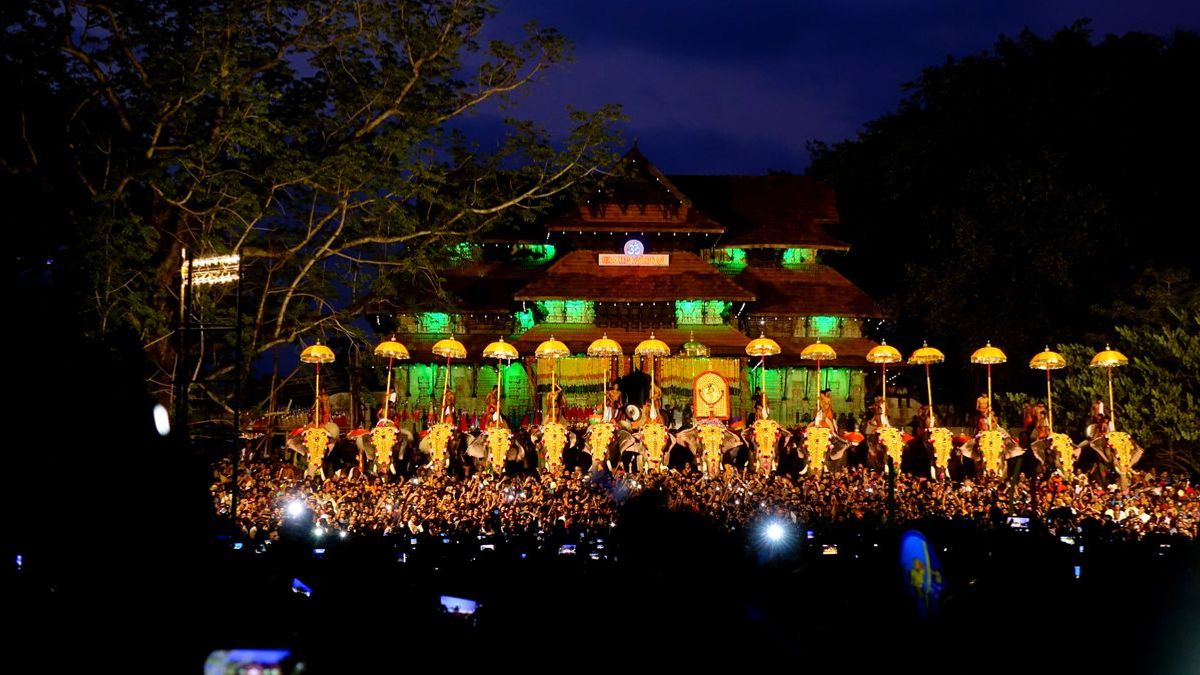
Chandrayaan 2: Why orbit maneuvers and why not direct straight path from Earth to Moon?
Chandrayaan-2 spent nearly 23 days revolving around earth, and on August 14 left earth's orbit when ISRO put the spacecraft into a lunar transfer trajectory.
New Delhi, Aug 22: After the launch of Chandrayaan-2 on July 22, we have been getting to hear from the ISRO about orbit maneuvers. What exactly are these and why are they needed?
The Chandrayaan-2 is currently in lunar transfer trajectory and it left earth's orbit on August 14.
Before being hurtled towards Moon's orbit, the spacecraft went around the earth five times. It must be noted that no fuel is needed to make Chandrayaan-2 craft revolve around earth (in fixed orbit), it does so due to the earth's gravitational pull.
Fuel is spent only when thrusters are activated to make it jump from one orbit to another.

After every revolution around the earth, the orbit was raised a little and series of maneuvers were carried out to raise its orbit before hurtling Chandrayaan-2 towards Lunar Transfer Trajectory (Moon's orbit) [See IMAGE-1].
Chandrayaan-2 spent nearly 23 days revolving around earth, and on August 14 left earth's orbit when ISRO put the spacecraft into a lunar transfer trajectory.

When Chandrayaan-2 is revolving around the moon, it does so due to the gravitational pull on the Moon. No fuel needs to be spent to make it revolve around earth or moon.
The fuel is spent only when the orbital jump needs to be done and that too for very less time. When Chandrayaan-2 craft was in fifth earth bound orbit, thruster was turned on and push was given for it to break free from earth's orbit.
The precision is very important, it was done at a precise moment so that craft breaks free from earth's gravity and the momentum hurtles it towards the moon (See IMAGE-2).

Since space is a vacuum and a body in motion continues to remain in motion, once the craft is free from earth's gravitation pull, the momentum gained during orbit revolution around the earth propels it towards the moon. It is like when a ball tied to the end of a string is spun fast, and when the thread snaps, the ball flies away from the circular path in which it was moving when it was attached to the string. Mass of the object in circular motion and the speed with which is was spinning, are collectively called momentum. In physics, momentum is mass multiplied by velocity.
When thrusters helped it escape earth's gravitational influence, it was ensured that while the craft breaks free, the direction and velocity is such that it goes towards moon and not in any other direction. When an object in circular motion leaves its path, it theoretically follows a path which is a tangent to the circle to which it was earlier confined.

Now that Chandrayaan-2 is in Moon's orbit, it's orbits would be lowered in steps (See IMAGE-3). SRO on Wednesday performed the second lunar-bound orbit maneuver for Chandrayaan-2 spacecraft.
If all goes as planned, the Vikram lander will separate from the orbiter on September 2 when ISRO will begin its powered descent to make a soft landing on the lunar surface on September 7. This will be the first time that Indian scientists will attempt a soft landing on the moon, a feat achieved so far by only the US, Russia and China.

ISRO is essentially making use of gravitational pulls of celestial bodies (in this case earth and Moon) to make its spacecraft traverse lakhs of kilometres in space. One may ask, why not use a rocket which will take craft from earth to moon directly without having to go around either earth or moon?

Why not straight to Moon?
Moon is over 300,000 kilometres from earth (384,400 km). If a rocket were to go till Moon burning its engines all the way, then the amount of fuel required would be a lot. So much that the weight of vehicle would be so high that it would not be able to escape earth's gravity.
Also, most fuel is spent in overcoming earth's gravitational pull, and for any vehicle to escape gravity, it must attain escape velocity.
NASA mission which took Neil Armstrong to Moon also used gravity of both earth and Moon, but in that case, the number of revolutions around earth and Moon were far less because the astronauts had to return to earth.


 Click it and Unblock the Notifications
Click it and Unblock the Notifications




























